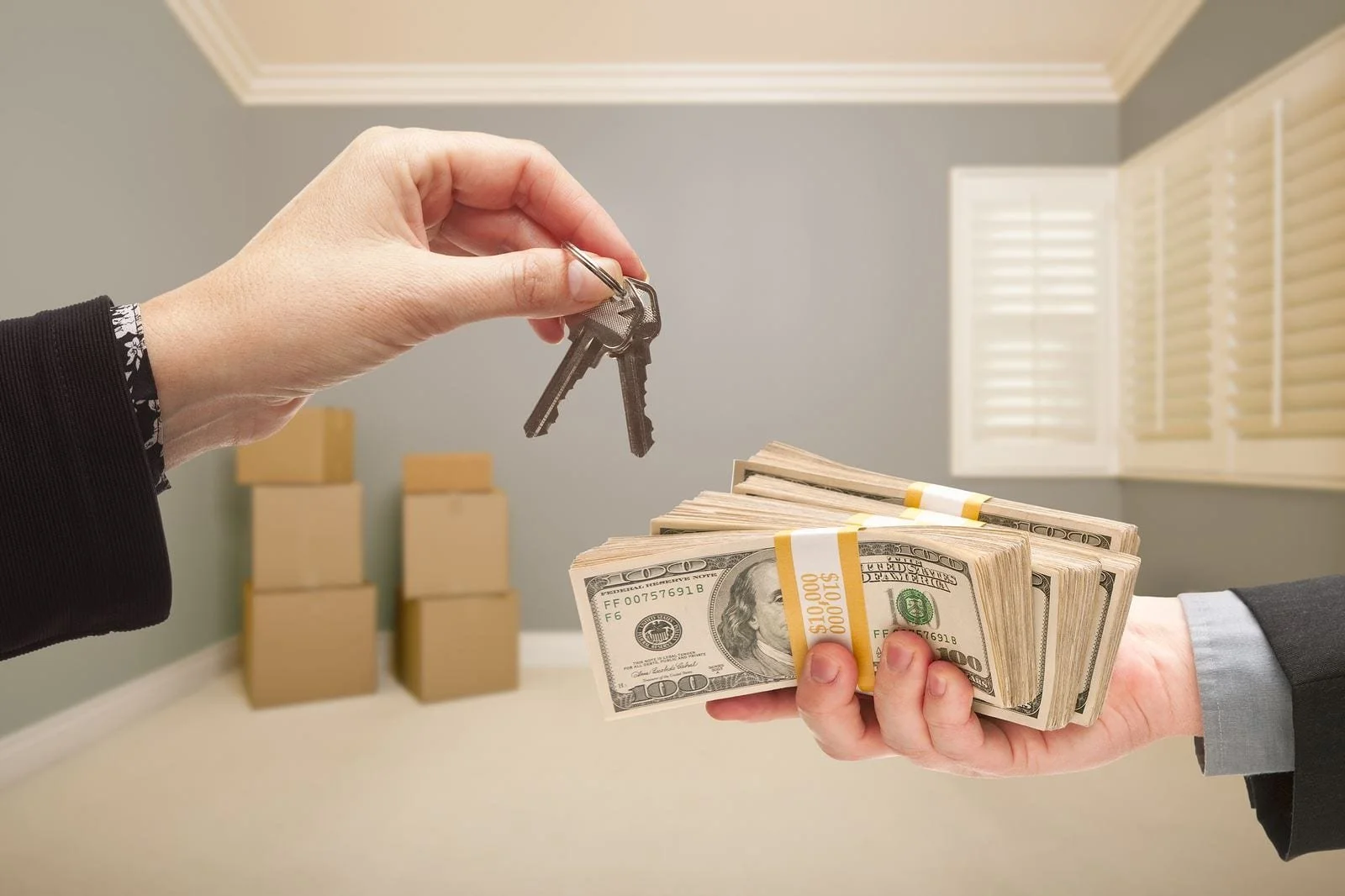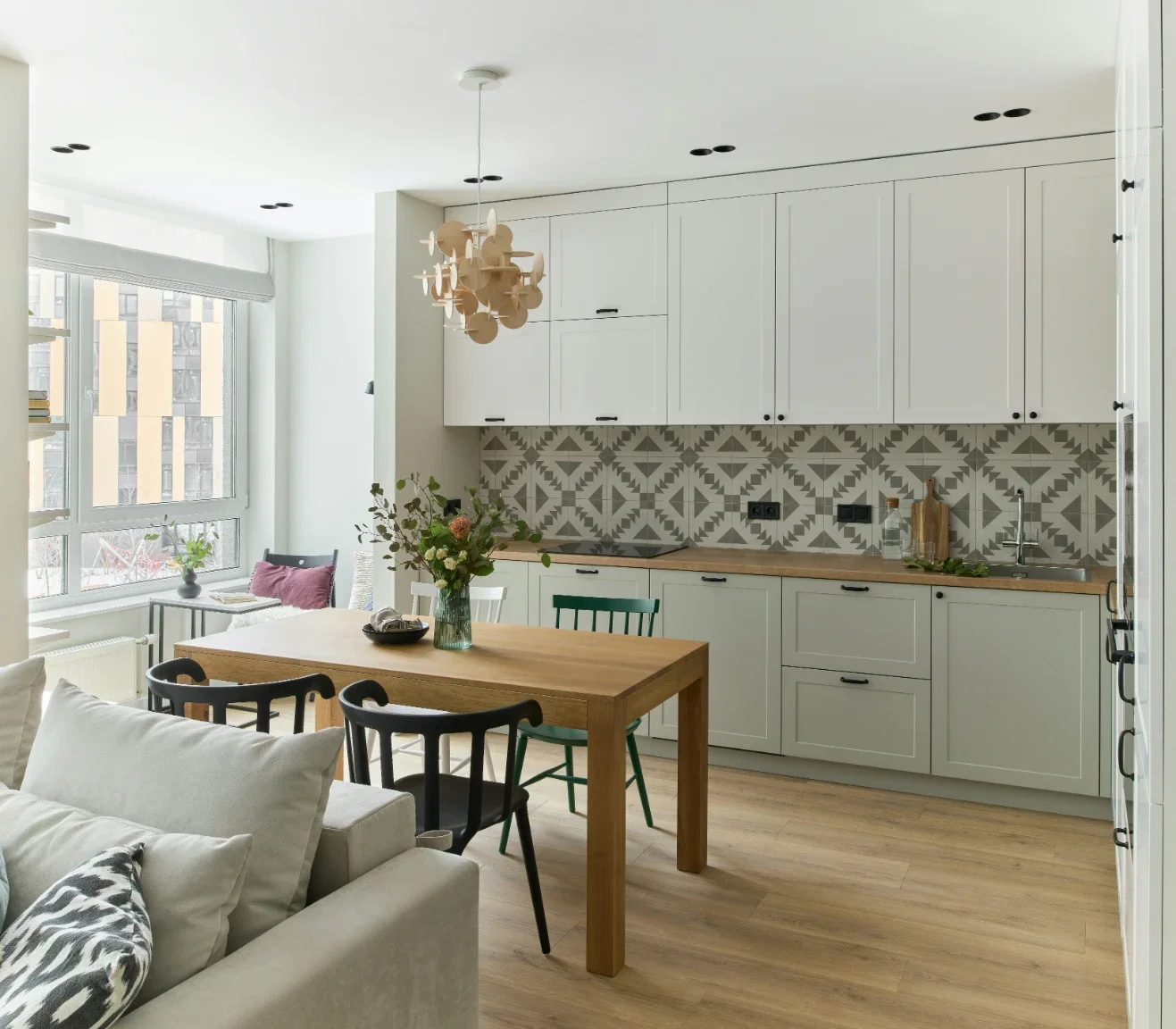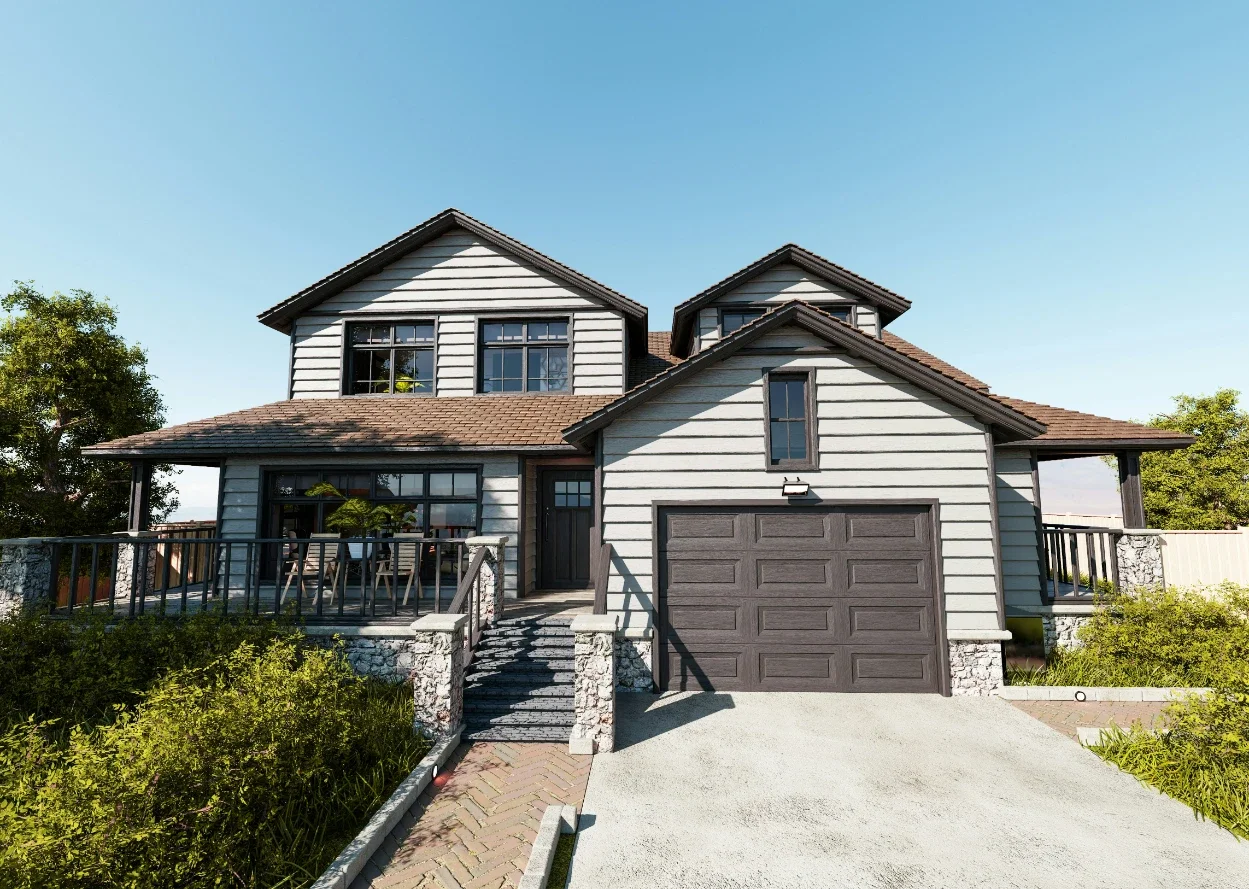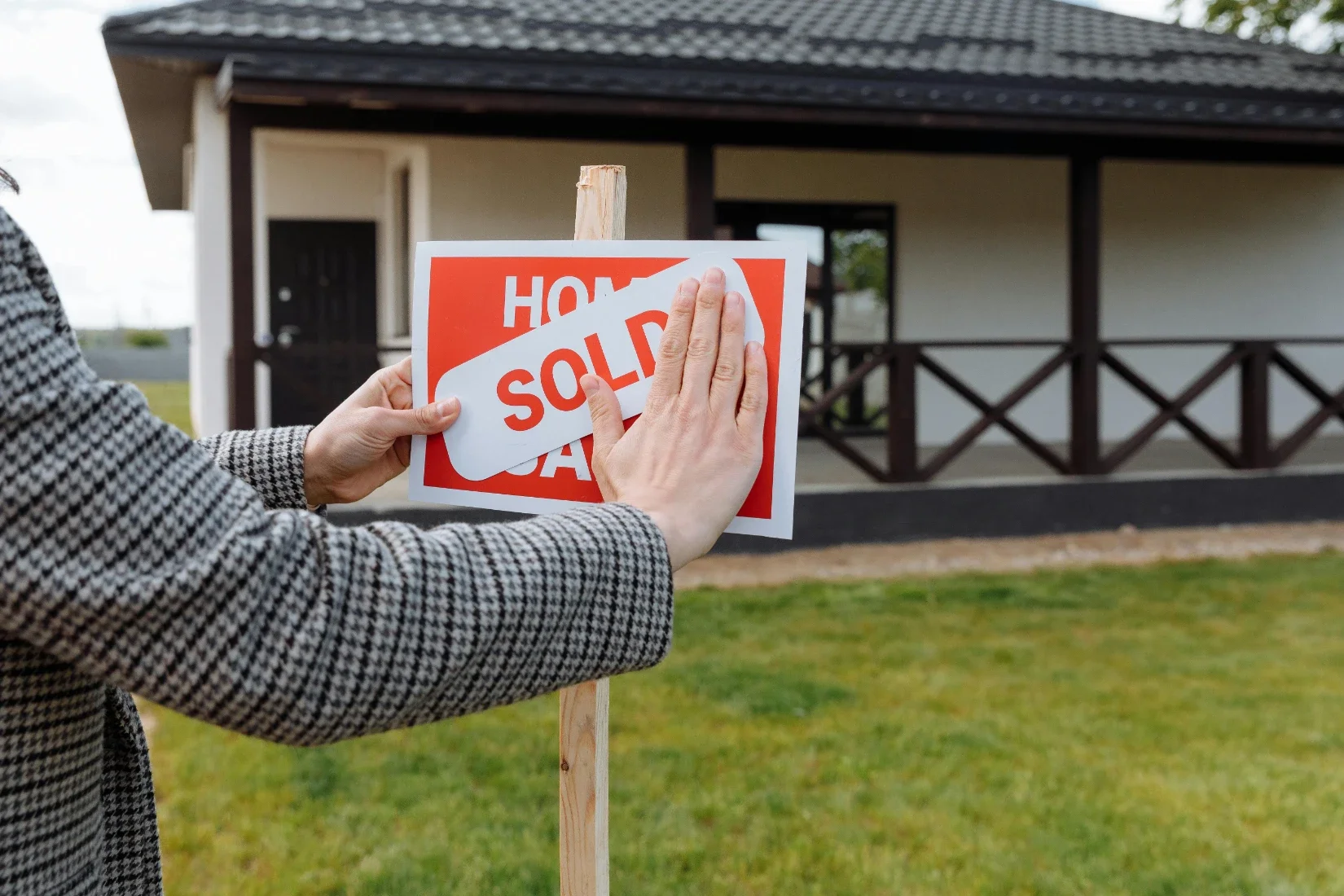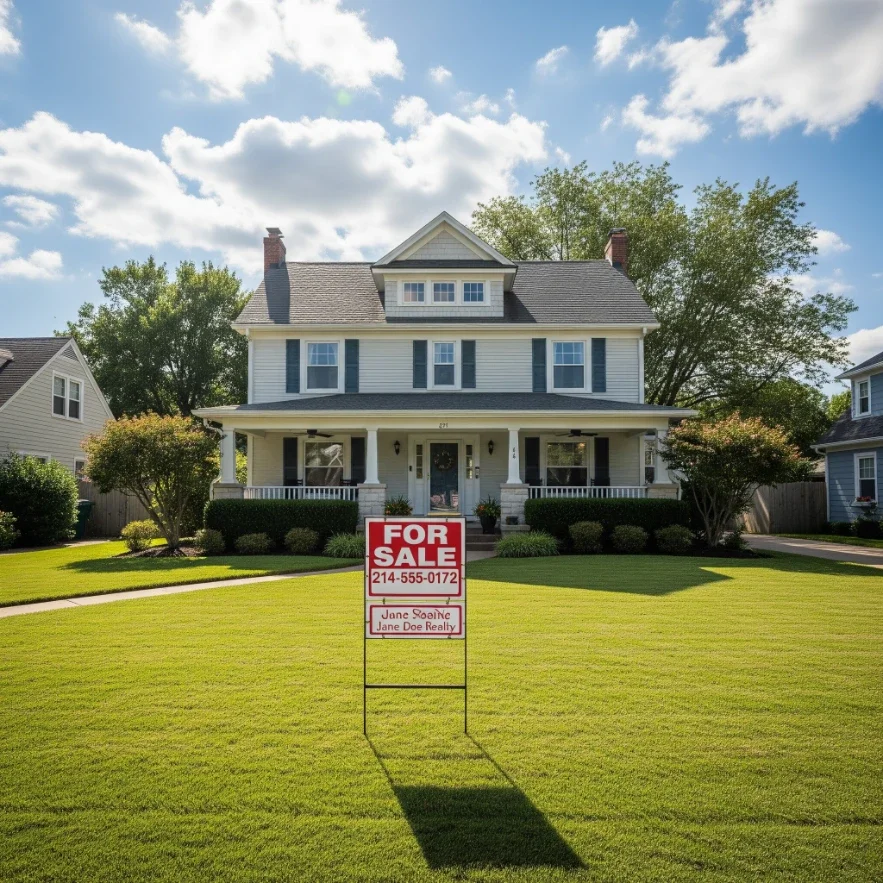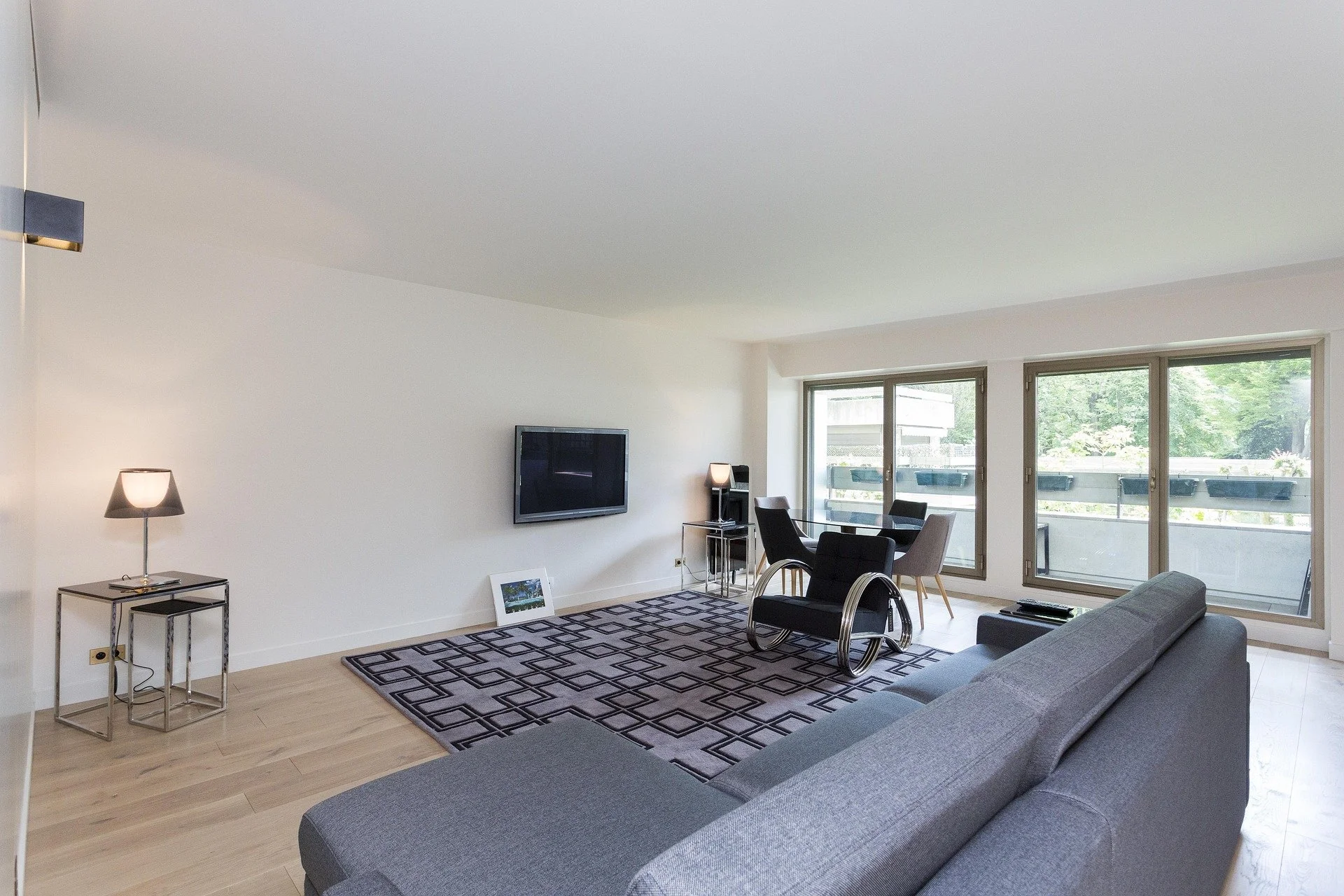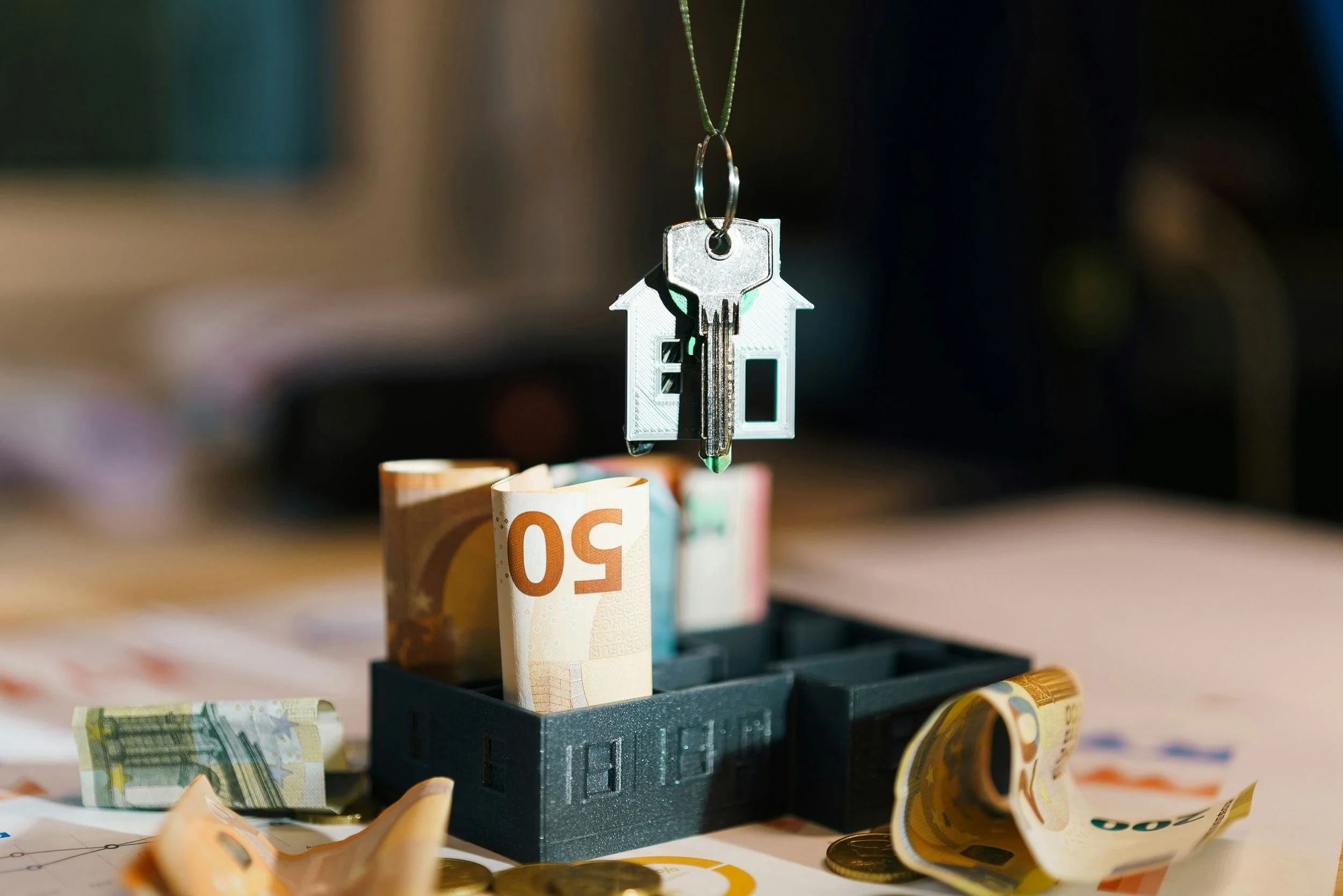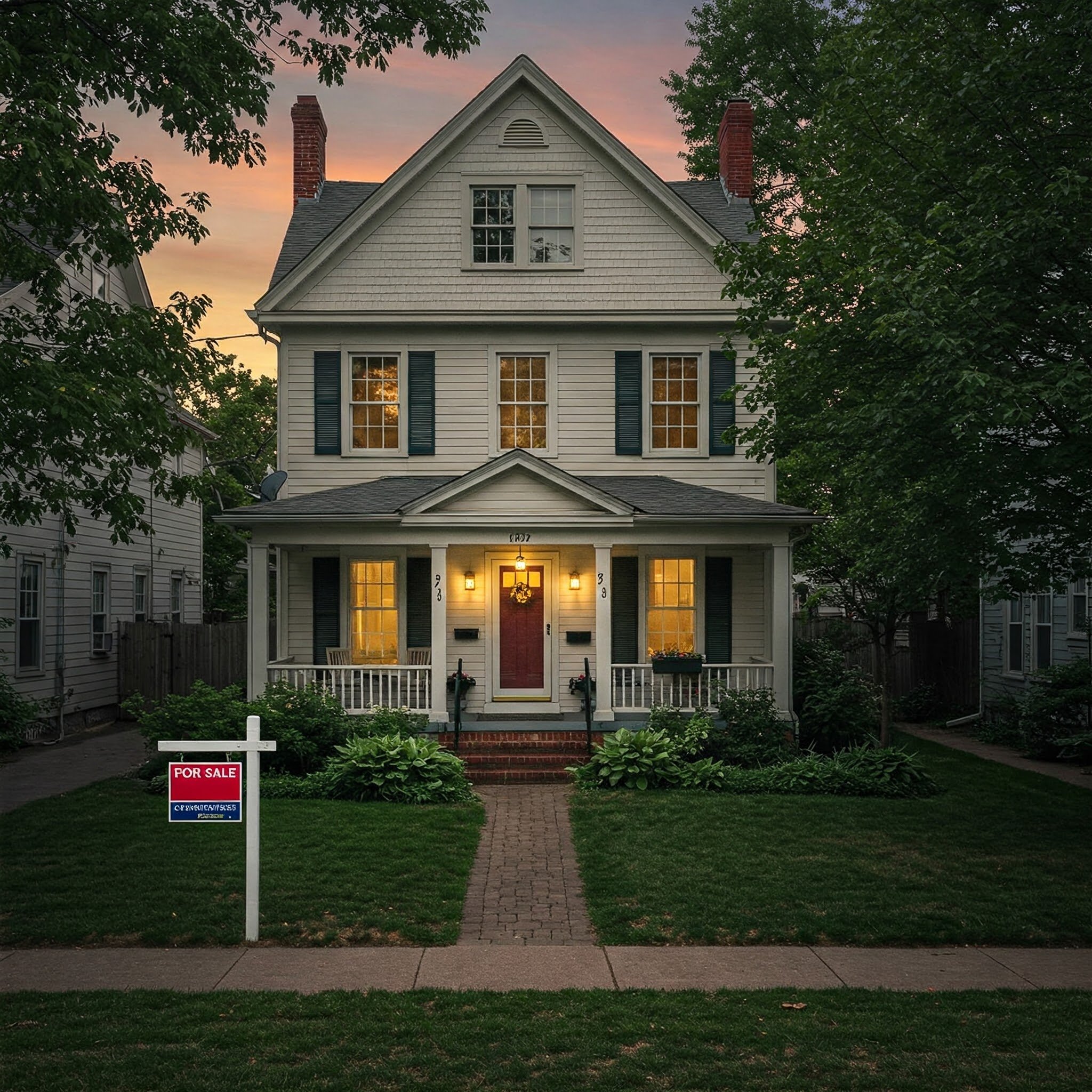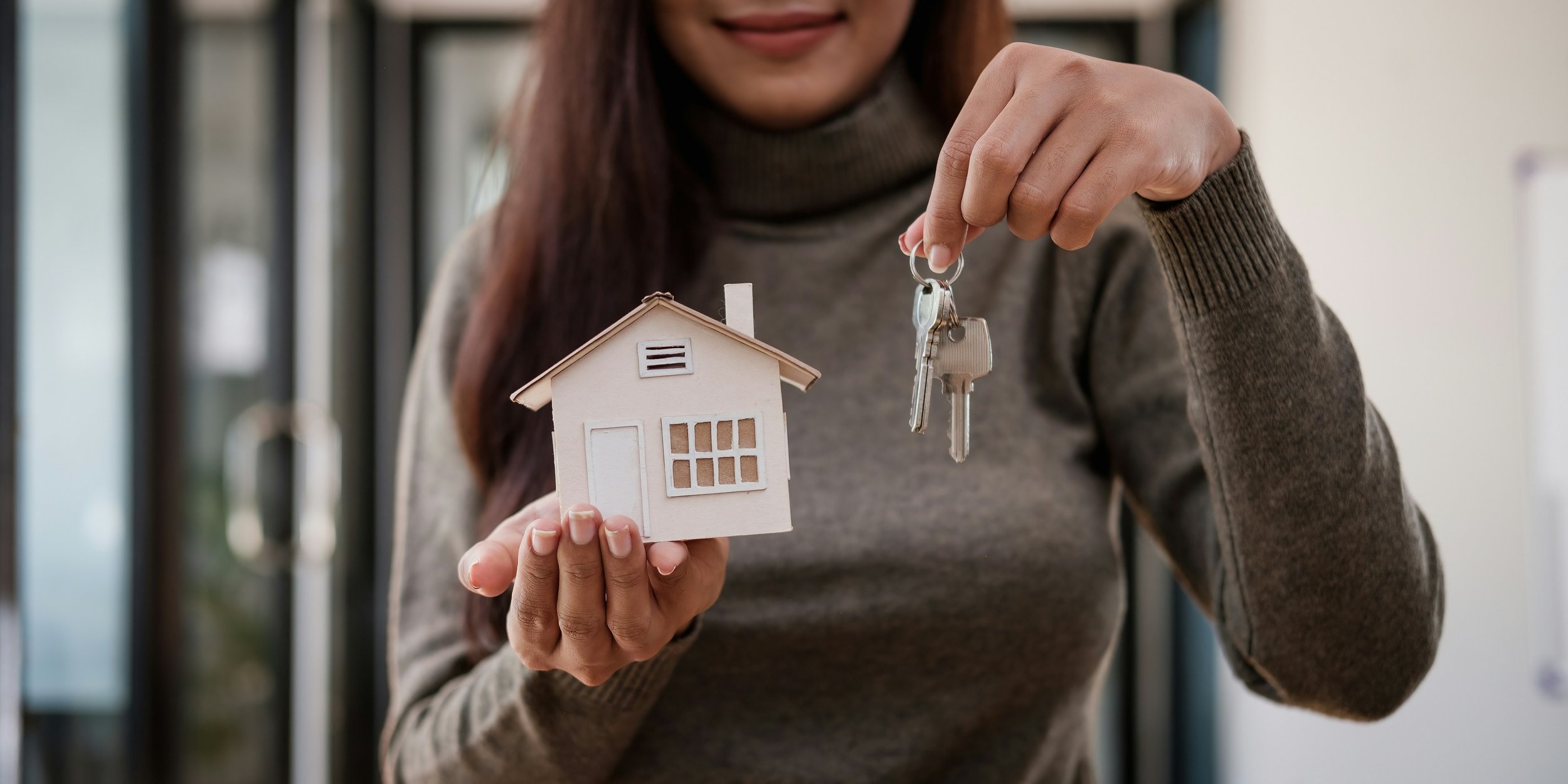Decor Details That Can Increase Your Home’s Value When Selling
Discover decor details that can increase your home’s value when selling by enhancing style, creating appeal, and attracting potential buyers.
Why Details Matter in a Sale
When preparing a home for the market, sellers often focus on the big picture: fresh paint, curb appeal, or minor repairs. While these are important, it’s often the smaller decor details that leave the strongest impressions on buyers. Details carry emotional weight. They signal care, taste, and intentionality, helping buyers imagine themselves in the space.
A home doesn’t need a complete renovation to feel elevated. Sometimes, it’s the subtle choices lighting fixtures, flooring finishes, or the way spaces are styled that shift a buyer’s perception from “livable” to “irresistible.” These touches are often the difference between a home that lingers on the market and one that sparks competitive offers.
The Psychology of First Impressions
Buyers typically decide within moments of entering a home whether it feels right. Even if they continue the tour, that first impression colors everything they see afterward. Decor details play a central role in this psychology. A cohesive, thoughtfully presented home communicates that the property has been cared for, and buyers interpret this as a sign that deeper systems like plumbing or electrical may also be well-maintained.
Lighting is one example of how decor affects perception. Harsh overhead lights can make a space feel sterile, while layered lighting pendant fixtures, sconces, and warm lamps creates an inviting atmosphere. Similarly, details like consistent flooring transitions or updated door hardware may seem minor but tell buyers the home has been given attention. These impressions often translate into perceived value, even before buyers start calculating square footage or upgrades.
Neutrality With Personality
Staging professionals often advise neutral palettes because they allow buyers to imagine their own belongings in the space. Yet neutrality doesn’t mean blandness. Subtle decor details such as textured throw pillows, elegant mirrors, or carefully chosen artwork add warmth without overwhelming. This balance of neutrality and personality is one of the most powerful tools for increasing a home’s perceived value.
A well-placed rug can define a living area and make the room feel larger. Coordinated window treatments can soften natural light while creating cohesion. Even the placement of furniture can highlight flow and functionality. These choices don’t just make the home look good in photos; they also make it feel intuitive when buyers walk through in person.
Kitchens and Bathrooms: Subtle but Strong
Kitchens and bathrooms often determine whether buyers make offers. While full remodels may not always be possible before selling, decor upgrades in these areas still make a big difference. In kitchens, new cabinet hardware, modern faucets, and updated lighting can shift the entire look of the space. A fresh backsplash or simple open shelving adds modern flair without requiring major renovation.
Bathrooms benefit from similar attention. Coordinated towel sets, stylish mirrors, and new light fixtures make the room feel fresh. Even swapping out an outdated shower curtain for a glass enclosure can elevate the impression. These details remind buyers that the home is move-in ready, sparing them from immediate expenses after purchase.
Midpoint Reflection: Balancing Speed and Value
At some point, sellers must balance how much time and money to invest in upgrades against the urgency of their sale. Not every homeowner has the budget for extensive improvements, and not every buyer expects perfection. In many cases, it’s the targeted decor choices that bridge the gap.
For those focused on timing, small upgrades can be paired with strategic selling options. Some sellers choose traditional listings, while others explore more direct paths that prioritize speed. Partnering with trusted professionals, such as those who specialize in selling home fast, allows homeowners to secure strong offers while avoiding the stress of over-investing in unnecessary changes. This balance between presentation and practicality ensures sellers get both value and peace of mind.
Cohesion Across Spaces
One of the most common mistakes in preparing a home for sale is inconsistency. A modernized living room paired with an outdated hallway can disrupt the flow of the home. Buyers notice these shifts, and it makes the property feel incomplete. Decor choices that create cohesion throughout the home consistent wall colors, complementary flooring, or repeating design elements help buyers view the property as a whole rather than a series of disconnected rooms.
Cohesion also extends to style. While eclectic design works for personal living, selling a home requires restraint. A unified aesthetic whether modern farmhouse, transitional, or minimalist creates a narrative that buyers can easily follow. This narrative makes the home more memorable, encouraging faster decision-making.
Outdoor Spaces as Selling Points
Buyers increasingly value outdoor living, and decor details extend beyond interior walls. A welcoming front porch with coordinated seating, a backyard with string lights, or even a small balcony styled with planters can dramatically increase appeal. Outdoor spaces don’t require expensive renovations to feel valuable; they require vision.
Simple decor, like matching patio furniture or a neatly arranged garden corner, helps buyers imagine themselves entertaining, relaxing, or working outside. In competitive markets, a polished outdoor area can be the deciding factor between two otherwise similar properties.
Modern Buyers and the Value of Sustainability
Sustainability is no longer just a buzzword it’s a lifestyle priority for many buyers. Decor details that emphasize eco-friendliness carry extra weight. Energy-efficient lighting, smart thermostats, and recycled-material finishes appeal to environmentally conscious buyers while also suggesting long-term cost savings.
These features don’t just enhance aesthetics; they enhance narrative. Buyers today often want homes that align with their values. Sellers who highlight sustainable choices whether in materials, fixtures, or decor position their homes as modern, responsible, and forward-thinking. That perception can translate directly into higher offers.
Technology and Smart Decor
Another growing trend is the integration of technology into home decor. Smart lighting, automated blinds, or integrated sound systems are not just functional they also add a layer of sophistication that buyers notice. These small additions create the impression of a home that is both stylish and future-ready.
While not every buyer demands smart home features, their presence makes a property stand out in a crowded market. They subtly suggest that the seller has invested in keeping the home current, reassuring buyers that the property is less likely to feel outdated in the near future.
The Final Stage: Creating Emotional Connection
Ultimately, the goal of decor details is to create an emotional connection between the buyer and the home. Buyers may tour several properties in a single day, but the ones they remember are the ones that made them feel something. Details like a cozy reading nook, a beautifully set dining table, or a welcoming entryway can linger in buyers’ minds long after they’ve left.
This emotional connection often accelerates the selling process. When buyers envision themselves living in a space hosting friends, raising families, or simply relaxing after a long day they’re more likely to make competitive offers. Sellers who understand this dynamic use decor details as tools not just for presentation, but for storytelling.
Conclusion: The Value of the Little Things
Selling a home is rarely about one single factor. It’s a combination of location, price, condition, and presentation. Yet within that mix, decor details often carry more influence than sellers realize. They transform spaces, create cohesion, and build the emotional resonance that drives offers.
For homeowners preparing to sell, focusing on these details isn’t about perfection it’s about creating an environment where buyers can see themselves thriving. Whether through lighting, finishes, or thoughtful staging, small changes add up to significant perceived value. And in today’s market, where buyers are selective and competition can be fierce, those details may be the key to achieving a faster, more successful sale.

